PPT-Engage NY Math Module
Author : kittie-lecroy | Published Date : 2016-06-13
2 Lesson 27 Divide decimal dividends by two digit divisors estimating quotients reasoning about the placement of the decimal point and making connections to a written
Presentation Embed Code
Download Presentation
Download Presentation The PPT/PDF document "Engage NY Math Module" is the property of its rightful owner. Permission is granted to download and print the materials on this website for personal, non-commercial use only, and to display it on your personal computer provided you do not modify the materials and that you retain all copyright notices contained in the materials. By downloading content from our website, you accept the terms of this agreement.
Engage NY Math Module: Transcript
Download Rules Of Document
"Engage NY Math Module"The content belongs to its owner. You may download and print it for personal use, without modification, and keep all copyright notices. By downloading, you agree to these terms.
Related Documents

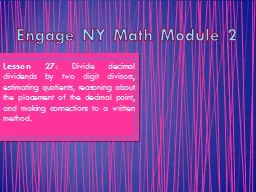
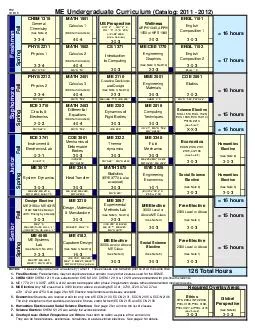


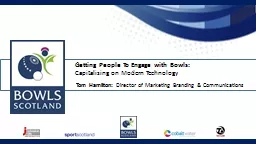


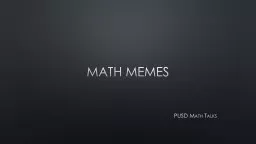
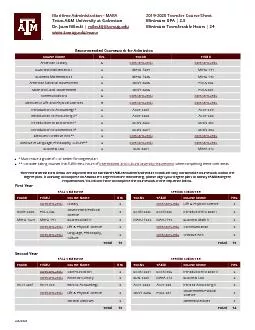
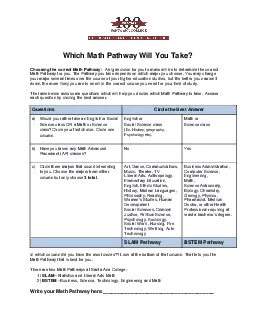


![[READ] CASAS Test Prep Student Book for Math GOALS Form 917 M Level C/D: Preparing Adult](https://thumbs.docslides.com/1003945/read-casas-test-prep-student-book-for-math-goals-form-917-m-level-c-d-preparing-adult-students-for-casas-math-goals-tests-and-for-workforce-entrance-math-exams-casas-math-goals-student-textbook.jpg)
![[DOWNLOAD] Multiplication Times Table Math Workbook for Grade 2-3: Math Workbook Kids](https://thumbs.docslides.com/1008939/download-multiplication-times-table-math-workbook-for-grade-2-3-math-workbook-kids-ages-7-9-homeschool-2nd-3rd-grade-math-summer-math-workbook.jpg)